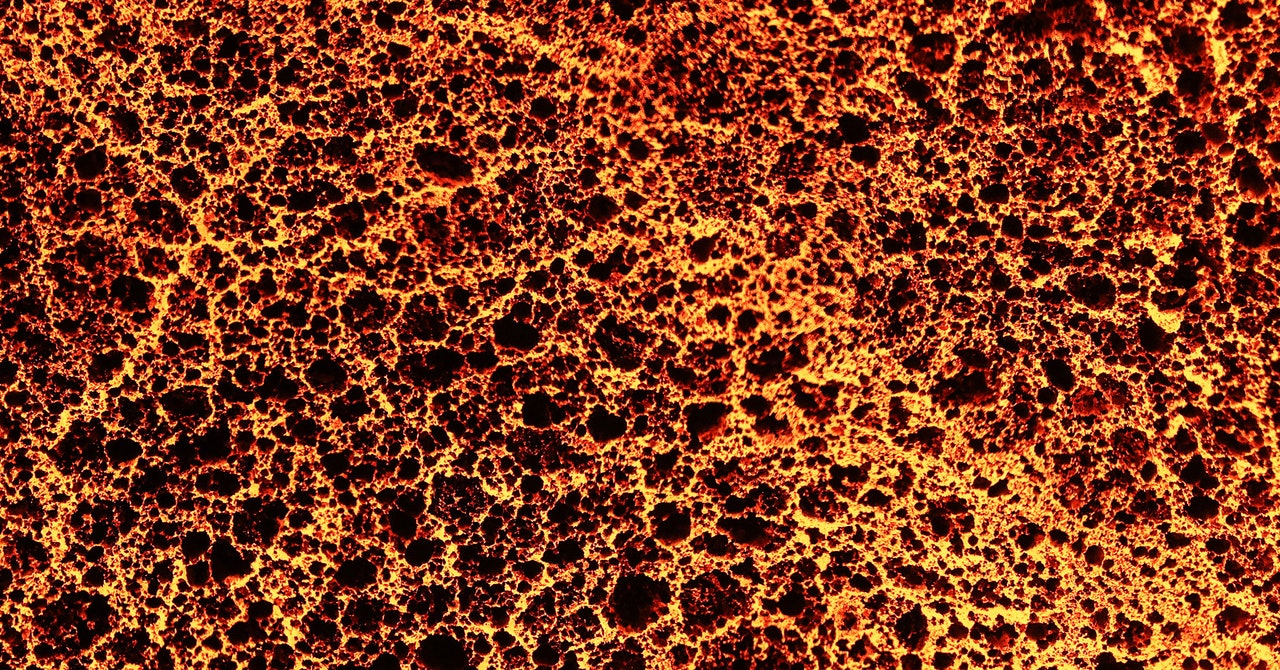
We are constantly immersed in magnetic fields. The Earth produces a field that envelops us. Toasters, microwaves, and all of our other appliances produce their own faint ones. All of these fields are weak enough that we can’t feel them. But at the nanoscale, where everything is as tiny as a few atoms, magnetic fields can reign supreme.
In a new study published in the Journal of Physical Chemistry Letters in April, scientists at UC Riverside took advantage of this phenomenon by immersing a metal vapor in a magnetic field, and then watched it assemble molten metal droplets into predictably shaped nanoparticles. Their work could make it easier to build the exact particles engineers want, for uses in just about anything.
Metal nanoparticles are smaller than one ten-millionth of an inch, or only slightly larger than DNA is wide. They’re used to make sensors, medical imaging devices, electronics components and materials that speed up chemical reactions. They can be suspended in fluids—like for paints that use them to prevent microorganism growth, or in some sunscreens to increase their SPF.
Though we cannot notice them, they are essentially everywhere, says Michael Zachariah, a professor of chemical engineering and material science at UC Riverside and a coauthor on the study. “People don’t think of it this way, but your car tire is a very highly engineered nanotechnology device,” he says. “Ten percent of your car tire has got these nanoparticles of carbon to increase the wear performance and the mechanical strength of the tire.”
A nanoparticle’s shape—if it’s round and clumpy or thin and stringy—is what determines its effect when it’s embedded in a material or added to a chemical reaction. Nanoparticles are not one shape fits all; scientists have to fashion them to precisely match the application they have in mind.
Materials engineers can use chemical processes to form these shapes, but there is a tradeoff, says Panagiotis Grammatikopoulos, an engineer in the Nanoparticle by Design Unit at the Okinawa Institute of Science and Technology, who was not involved with this study. Chemistry techniques allow for good control over shape, but require immersing metal atoms in solutions and adding chemicals that affect the purity of the nanoparticles. An alternative is vaporization, in which metals are turned into tiny floating blobs that are allowed to collide and combine. But, he says, the difficulty lies in directing their motion. “This is all about how you can achieve that same type of control that people have with chemical methods,” he says.
Controlling vaporized metal particles is a challenge, agrees Pankaj Ghildiyal, a PhD student in Zachariah’s lab and the study’s lead author. When nanoparticles are assembled from vaporized metals, he says, their shape is dictated by Brownian forces, or those associated with random motion. When only Brownian forces are in control, metal droplets behave like a group of children on a playground—each is randomly zooming around. But the UC Riverside team wanted to see if under the influence of a magnetic field they would behave more like dancers, following the same choreography to achieve predictable shapes.
The team began by placing a solid metal inside a device called an electromagnetic coil that produces strong magnetic fields. The metal melted, turned into vapor, and then began to levitate, held aloft by the field. Next, the hot droplets started to combine, as if each was grabbing dance partners. But in this case, the coil’s magnetic field directed the choreography, making them all align in an orderly fashion, determining which partner’s hands each droplet could grab onto.
The team found that different kinds of metals tended to form different shapes based on their specific interactions with the field. Magnetic metals such as iron and nickel formed line-like, stringy structures. Copper droplets, which are not magnetic, formed more chunky, compact nanoparticles. Crucially, the magnetic field made the two shapes predictably different, based on the metal’s type, instead of having them all become the same kind of random glob.


